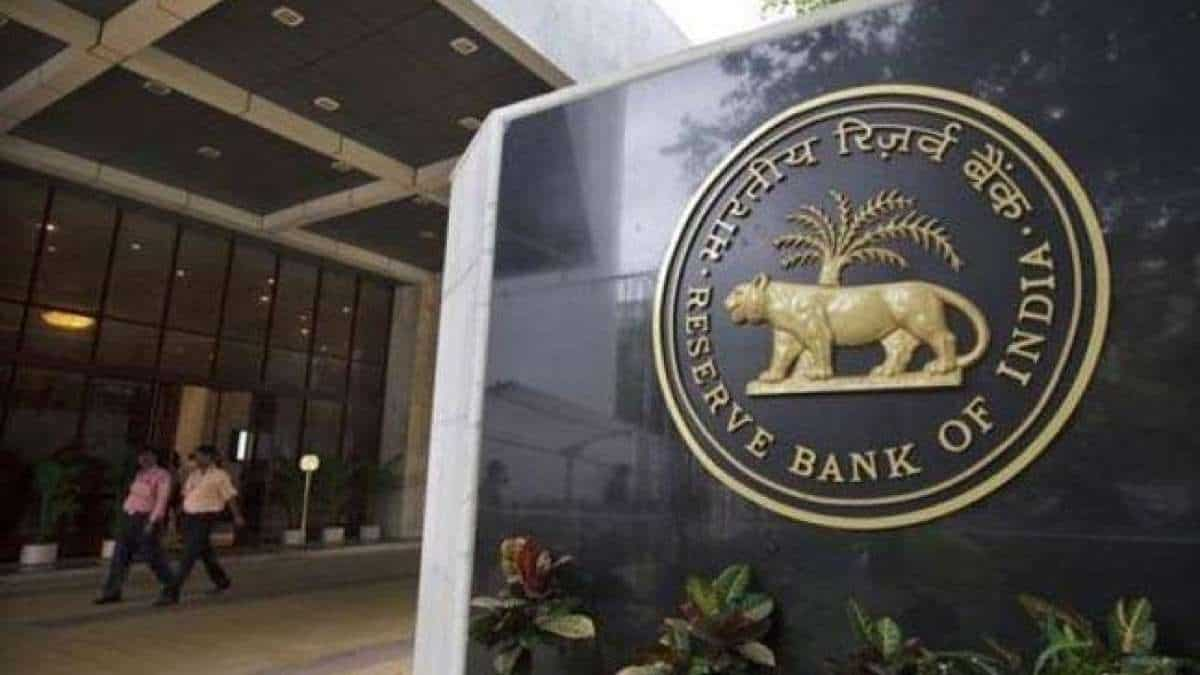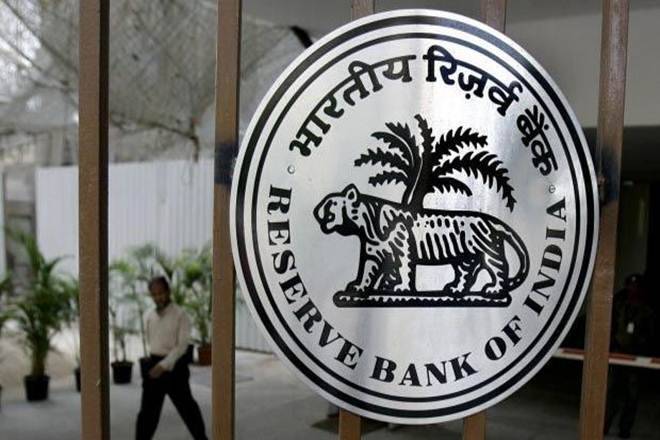Will the RBI Governor-led MPC decide to cut the repo rate this month? After a two-month gap, the Monetary Policy Committee—the RBI’s rate-deciding panel—is meeting again for a scheduled review of its monetary policy. And yet again, the question on everyone’s mind is: Will there be a rate cut this time? Here’s what you need to know about the upcoming rate decision by the Indian central bank—coming less than three weeks after the Fed Chair Jerome Powell-led Federal Open Market Committee (FOMC) delivered a surprise 50-basis-point reduction in the key US interest rate.
Will the RBI announce a rate cut on October 9? After a two-month gap, the Reserve Bank of India Governor-led Monetary Policy Committee—the central bank’s rate-deciding panel—is meeting again for a scheduled review of its monetary policy. And yet again, the question on everyone’s mind is: Will there be a rate cut this time? RBI Governor Shaktikanta Das will announce the panel’s decision at 10 am on Wednesday, October 9, the third and final day of the MPC meeting. Here’s what you need to know about the upcoming rate decision by the Indian central bank—coming less than three weeks after the Fed Chair Jerome Powell-led Federal Open Market Committee (FOMC) delivered a surprise 50-basis-point reduction in the key US interest rate.
5 THINGS TO KNOW ABOUT UPCOMING RBI POLICY REVIEW
1. None of the economists polled by Zee Business expects a rate cut in the October MPC review.
The decision comes at a time when inflation in the country is widely expected to have worsened in September and October after remaining below the RBI’s medium-term goal of 4.0 per cent for the previous two months. The RBI tracks consumer inflation—or the rate of increase in the prices consumers pay for a basket of goods and services—primarily to formulate its monetary policy. The central bank aims to contain inflation at 4 per cent with lower and upper tolerance levels of 2 per cent and 6 per cent respectively.
The RBI has maintained a status quo on the policy for nine bi-monthly reviews in a row.
Read More: Petrol, Diesel Fresh Prices Announced: Check Rates In Your City On October 7
2. How many rate cuts can you expect in 2024-25?
Half of the economists in the Zee Business poll expect two reductions in the remainder of the current financial year (FY25), while one in every four economists expects none or one cut during this period.
3. Can you expect a change in the RBI’s inflation projections?
According to the Zee Business poll, none of the economists expects a change in the central bank’s existing inflation projections.
The RBI pegs consumer inflation at 4.5 per cent in FY25, with 4.9 per cent in the first quarter, 3.8 per cent in second, 4.6 per cent in third, and 4.5 per cent in fourth.
4. Can you expect the RBI to change its policy stance from “withdrawal of accommodation”?
The economists are evenly divided over this one.
Half of the economists polled by Zee Business expect the RBI to revise its current stance of policy, whereas the other half thinks otherwise.
Read More: Hitachi Energy plans to invest ₹2,000 crore in India’s power sector
5. Will the RBI change its GDP forecasts?
Three out of every four economists in the Zee Business poll expect no change in the RBI’s GDP projections for the year in the October review.
Currently, the RBI pegs FY25 GDP growth at 7.2 per cent, with 7.2 per cent in the second quarter, 7.3 per cent in third, and 7.2 per cent in fourth.
The financial year began with a worse-than-expected GDP reading of 6.7 per cent growth in the first three months.
Official data covering the July-September period is due at the end of November.

The repo rate and its impact on your loan EMI
Any change in the repo rate—or the key interest rate at which the RBI lends short-term funds to commercial banks—is set to impact the home loan EMIs in the country.
The repo rate plays a crucial role in controlling inflation in the country.
So, when the RBI revises the repo rate, banks typically increase their lending rates accordingly, including home loan interest rates. This especially impacts home loans with floating interest rates.





































